Zika virus (ZIKV) infects fetal and adult human brain and is associated with serious neurological complications. To date,no therapeutic treatment is available to treat ZIKV-infected patients. We performed a high-content chemical screen using human pluripotent stem cell-derived cortical neural progenitor cells (hNPCs) and found that hippeastrine hydrobromide (HH) and amodiaquine dihydrochloride dihydrate (AQ) can inhibit ZIKV infection in hNPCs. Further validation showed that HH also rescues ZIKV-induced growth and differentiation defects in hNPCs and human fetal-like forebrain organoids. Finally,HH and AQ inhibit ZIKV infection in adult mouse brain in vivo. Strikingly,HH suppresses viral propagation when administered to adult mice with active ZIKV infection,highlighting its therapeutic potential. Our approach highlights the power of stem cell-based screens and validation in human forebrain organoids and mouse models in identifying drug candidates for treating ZIKV infection and related neurological complications in fetal and adult patients.
View Publication
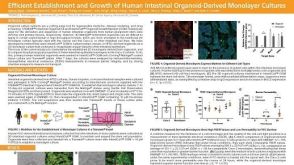 科学海报Efficient Establishment and Growth of Human Intestinal Organoid-Derived Monolayers
科学海报Efficient Establishment and Growth of Human Intestinal Organoid-Derived Monolayers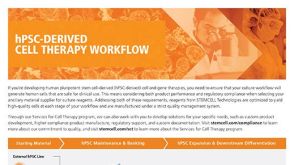 产品手册hPSC-Derived Cell Therapy Workflow
产品手册hPSC-Derived Cell Therapy Workflow

 EasySep™小鼠TIL(CD45)正选试剂盒
EasySep™小鼠TIL(CD45)正选试剂盒





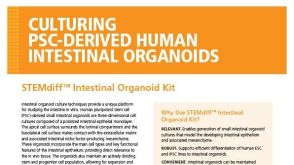



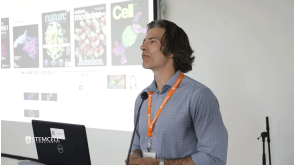

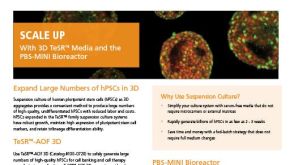
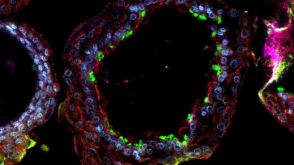
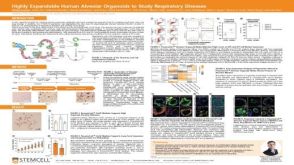

 沪公网安备31010102008431号
沪公网安备31010102008431号